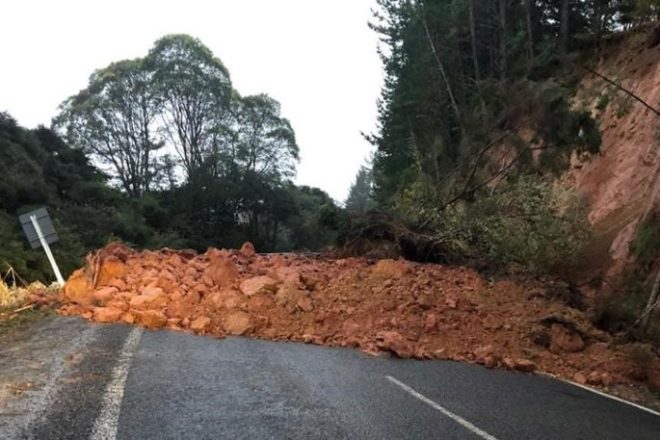ワイカト地域評議会は、今後3〜6年間の118億ドルの交通計画を承認しました。ワイカト地域陸上輸送計画2024-2054は、今後10~30年間のワイカト地域の交通ニーズを定めたもので、中央政府への資金提供の要請に利用される予定です。
この計画の主な目標には、メトロ・スペーシャル・プラン・ビジネス・ケースの実施、地域のレジリエンスの向上、交通排出量の削減、積極的な交通手段の促進とより多くの選択肢の提供のための都市部の再編が含まれます。
レジリエンス向上のための取り組みは、タウポ湖の南東にあるコロマンデル半島とテ・ポポロ/ブリ・ポイントに集中する。この計画には、地域全体の地方道路や州道の整備強化も含まれています。
この計画では、交通安全の問題、速度とインフラ、リスクが高く脆弱な利用者が直面する問題、施行、教育、行動変容のための取り組みに焦点を当てています。
この計画には、ハミルトン・サザン・リンクスとケンブリッジからピアレまでのワイカト高速道路の延長という2つの重要な道路プロジェクトも含まれています。
6月21日の会議でこの計画を満場一致で承認したワイカト地域交通委員会は、過去18か月にわたって計画を策定してきました。この間、政府の方針が変わり、陸上輸送に関する新しい政策声明が発表されました。
委員会には、地方自治体、利害関係者、擁護団体、個人から89件の提出がありました。ワイカト地域評議員で地域交通委員会委員長のミシェール・ダウナード氏によると、このフィードバックが計画の立案に役立ったという。
この計画は今後、ニュージーランド交通局ワカ・コタヒに送られ、審査を受けることになっています。





























































